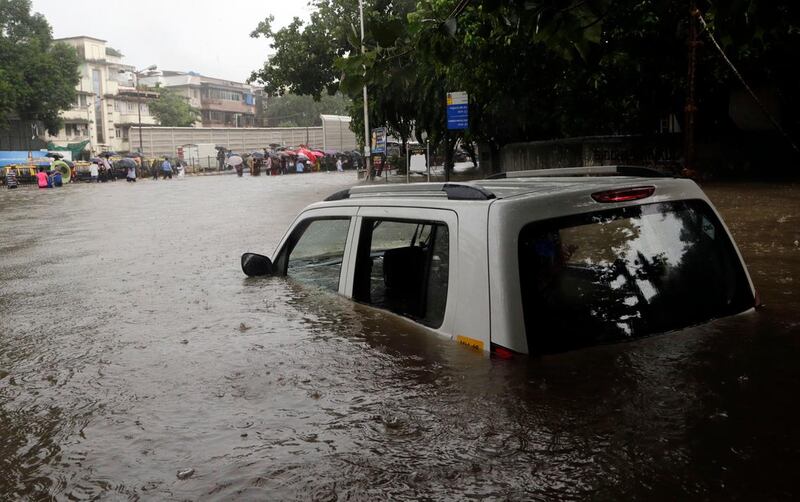Mumbai has once again been paralysed by the Indian monsoon, the rainy season that waters South Asia between the months of June and September. The rainfall this year has been particularly ruthless, aggravated no doubt by climate change. More than 1,200 people have been killed across the region and the figure for people directly affected in non-fatal ways by the downpour hovers above 40 million, including almost 2 million children who cannot go to school.
Mumbai, India's financial capital and the poster child for its development, is the richest area of the region. Its total wealth is estimated to be $820 billion. But the images that have emanated from Mumbai over the last week have been distressing to behold. They tell a story of an ambitious city crippled by a lack of vision on the part of its governmental administrators, and they cast in stark relief the extreme inequalities that continue to afflict India. Between 10 and 12 million of Mumbai's 20 million residents live in slums. Hundreds of thousands have no homes at all. These are the men, women and children who have been the worst victims of the flooding in Mumbai. Damaged by the ravages of climate, they must struggle simply to survive.
__________________
Read more
[ Six killed, thousands stranded as floods swamp Mumbai ]
[ Indian businesses urge more action on climate change ]
[ Mumbai's businesses count the cost after devastating floods ]
__________________
The infrastructural deficiencies exposed by the rising waters—which have devoured human beings as well as vehicles and buildings—are staggering. How is it that Mumbai, which by its sheer size qualifies as one of the world’s great cities, still doesn’t have modern drainage systems in place? Why is it that its roads and buildings cannot withstand elemental pressures? And how can the richest city in South Asia justify being home to the world’s largest slum?
Mumbai's economy suffers $7 billion worth of damage during the monsoon every year. It's astonishing that this has not prompted the authorities to undertake adequate measures to safeguard life and property. The demand for action to prevent such devastation from recurring must not fade away as the waters recede. Climate change poses an existential challenge to South Asia. India's future depends on how well it can handle the crises thrown up by it.
Follow The National's Opinion section on Twitter





